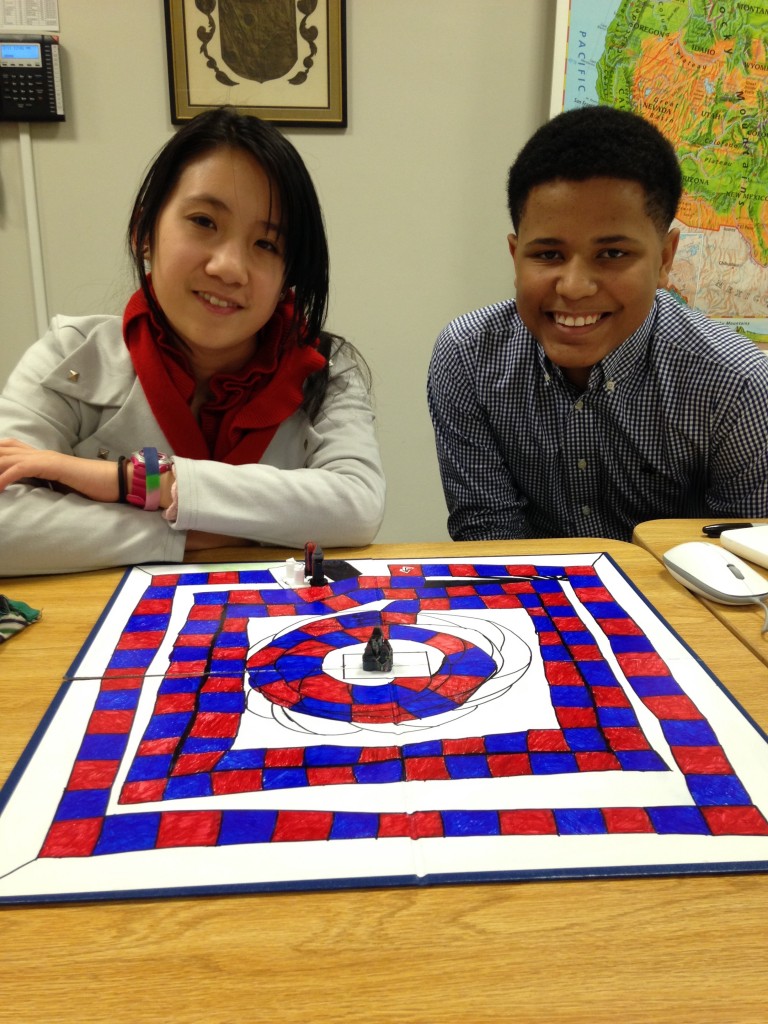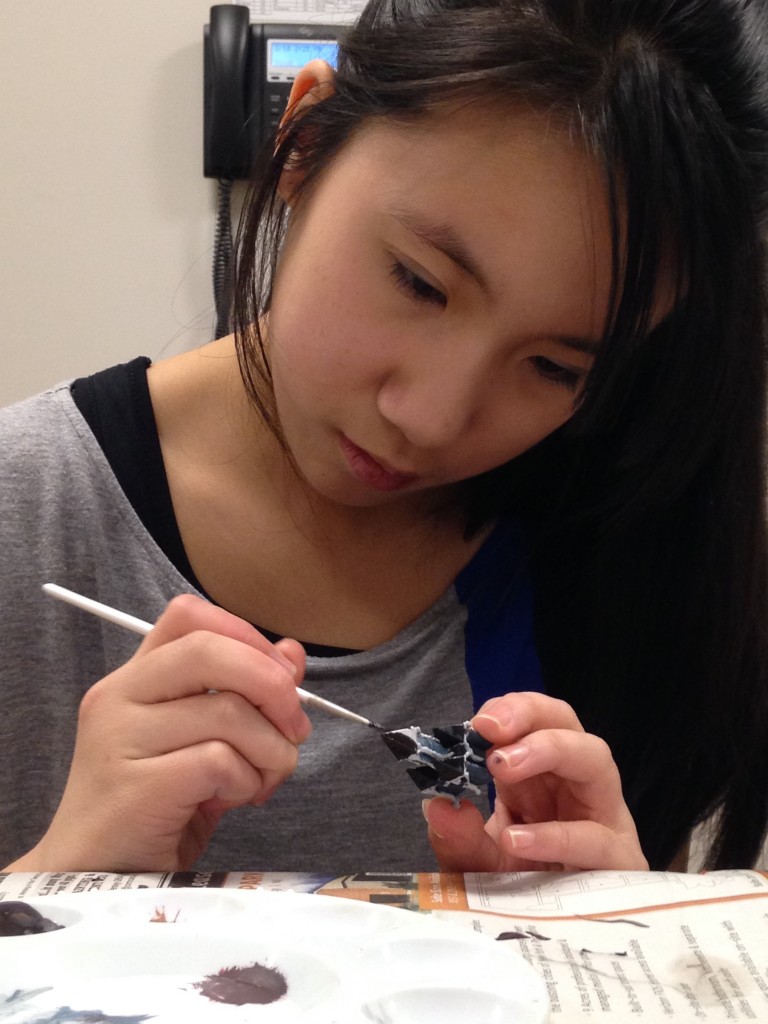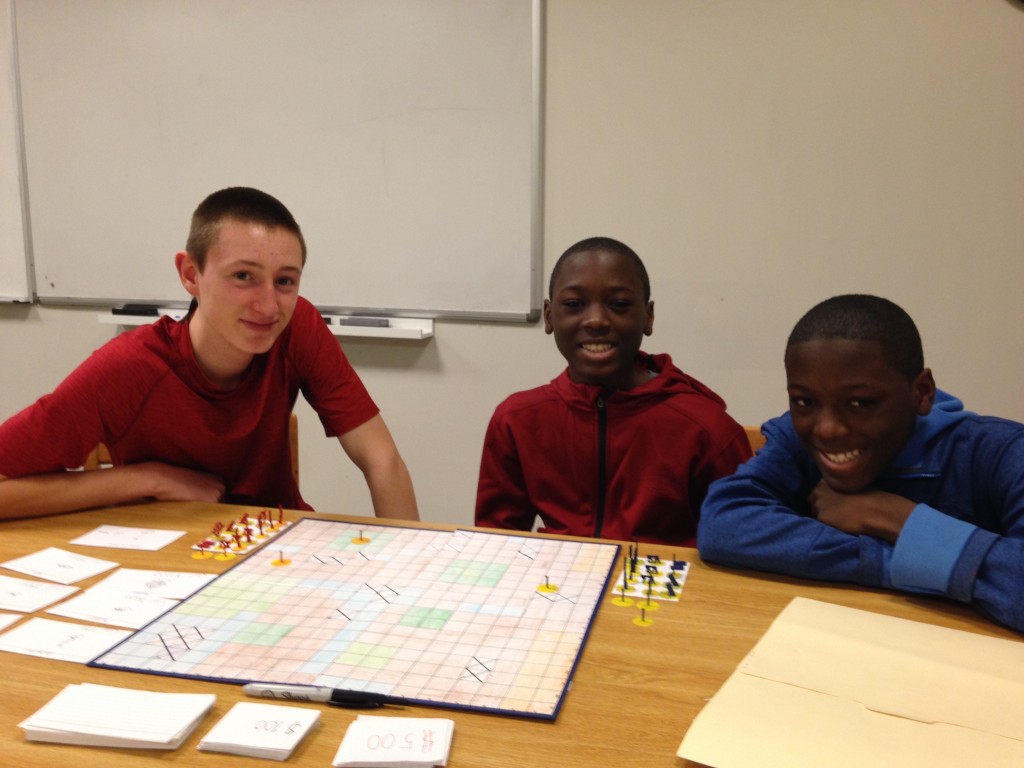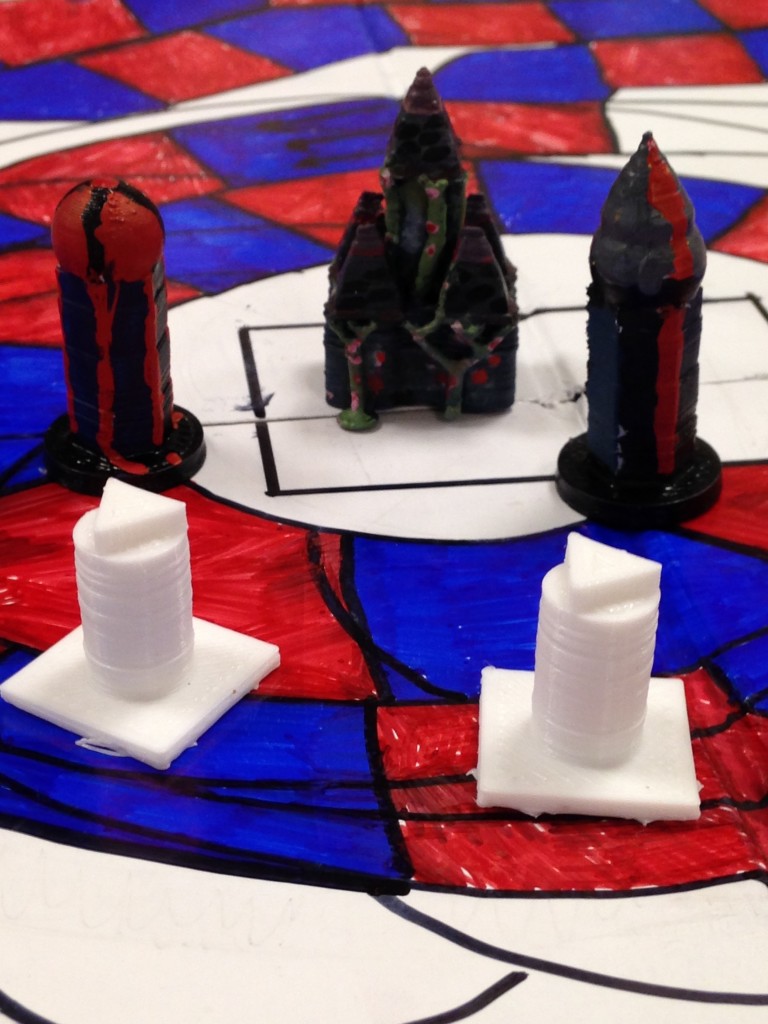Should you walk the halls of an average classical school, if one could really call a classical school average, you would rarely, if ever, hear talk of the latest innovative technology. Instead, you will likely hear students discussing the morality of Brutus’ actions in Julius Caesar or arguing about which Bennett sister they most identify with. Based off of this seeming preference for the humanities, one might be tempted to think advances in technology were being intentionally ignored. However, at the heart of Classical education is the firm belief in the interconnectedness of all knowledge. Hence, current innovations in the arts and sciences would and should be explored.
At The Wilberforce School, a private Jk-12th grade Christian school in Princeton, New Jersey, that very exploration is being furthered by the recent acquisition of a 3D printer. Our middle school students now have a variety of opportunities to experiment with digital design and then watch their concept take tangible form.
This past February, students welcomed the new printer into the school with a week-long class where they made their own board game. Ten classmates created a board game and its accompanying tokens. Game mechanics provided construction parameters. For instance, one group created an adapted version of CandyLand and had to design tokens that were about the same size as the original game.
More recently, Wilberforce eighth graders are using the printer as a part of their regular technology class. Their first 3D design project is to make a toy they would want to sell. The challenge is enormous. Students have a strict deadline for their work and must calculate how much time it will take for them to design, test, and print their model. In addition, fundamental questions of structure and form must be answered before their design goes to print. Will the material be durable enough? Will be creation stand up or does it need further balancing? How they answer these questions will determine the success of their design.
Throughout these courses, students are forced to confront their own limited view of design. Growing up drawing or painting, it is hard for many students to switch to a 3D frame of mind. You have to think holistically about design. How does the model look from the side or the back? Is it balanced enough to stand up on its own supports? How will color impact the model? These are all questions students must grapple with before going to print.
As 3D printers proliferate and become affordable, new forms of sculptural art will inevitably emerge. A revolution in small, personalized 3D design and manufacturing is taking place, and Wilberforce students are at the forefront.






